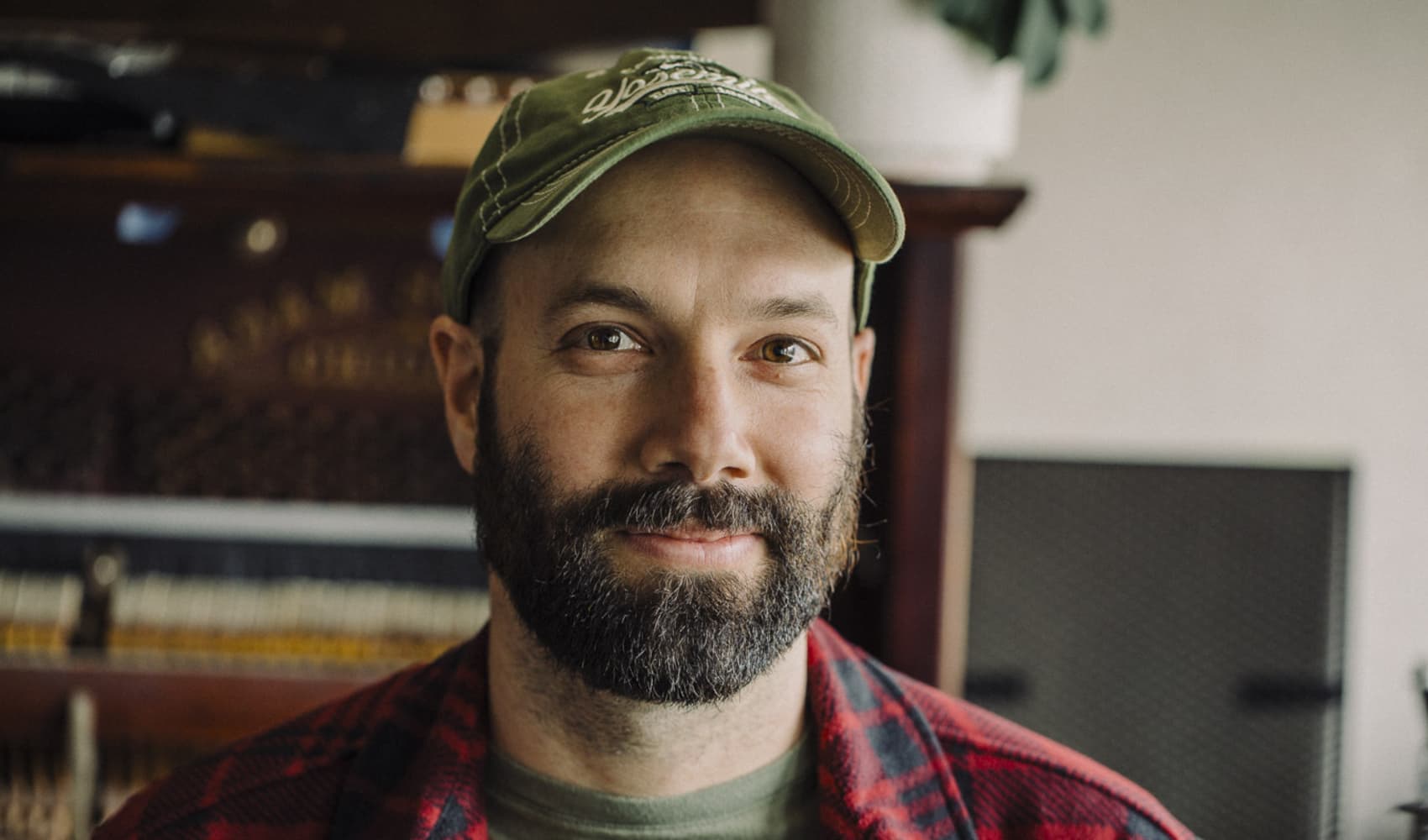
- Orange is working with OpenAI and Meta to build custom AI models that can understand West African languages not understood by most conversational systems.
- To start with, the telco giant will roll out AI models incorporating two West African regional languages, Wolof and Pulaar, in early 2025.
- These are languages that "are not understood today by any AI" — and therefore not representative, according to Orange's chief artificial intelligence officer.
French telecoms giant Orange on Tuesday said it's partnering with Microsoft-backed OpenAI and Facebook-owner Meta to build custom artificial intelligence models designed to better understand regional African languages.
Orange said it's working with OpenAI and Meta to develop custom AI models built on their respective Whisper and Llama open-source AI models — openly available systems that can be adapted to meet specific needs — that can understand West African languages not understood by most conversational systems.
Currently, much of the data major AI companies train their algorithms on originates in the United States, which means their models can lose important context, such as culture and language, when it comes to different regions like Europe, the Middle East and Africa.
Get top local stories in Southern California delivered to you every morning. Sign up for NBC LA's News Headlines newsletter.
That means it can be hard for those models to understand text and voice-based communications composed in less well-represented languages, according to Steve Jarrett, Orange's chief AI officer.
"Having an open model, you're able to do what's called fine tuning, where you you introduce additional information to the model that wasn't included when it was first trained," Jarrett told CNBC in an interview. "We're adding the recognition of West African regional languages that are not understood today by any AI."
Money Report
Orange plans to start by rolling out AI models that incorporate two West African regional languages, Wolof and Pulaar, which are spoken by roughly 16 million people and six million people, respectively, in early 2025.
Wolof is a language spoken in Senegal, the Gambia and southern Mauritania, while Pulaar is mostly spoken in Senegal.
The open-source AI models will be provided externally by Orange with a free license for non-commercial uses including public health and education, the company said. Orange plans to expand its custom AI model initiative to eventually cover all 18 West African countries.
"We're operating in West African countries where a lot of these regional languages are being spoken in our contact centers, but where the current AI models don't understand what these people are typing or saying," Jarrett told CNBC.
Major large language models like OpenAI's GPT, Meta's Llama and Anthropic's Claude aren't well suited to Africans' needs as they weren't trained specifically on data originating from the region, according to Orange's AI chief.
'Sovereign AI' push
The move taps into a concept that's been gaining traction globally, known as "sovereign AI."
The term refers to the idea that individual countries and regions should seek greater control over the core technological infrastructure upon which AI systems are built, by localizing data storage and processing to ensure they represent specific languages, culture and history.
Orange is also looking to localize data processing and the hosting of OpenAI's models in European data centers. This, Orange said, will give it early access to OpenAI's latest and most advanced AI models and help it build new applications such as AI-powered voice systems for customer service.
Jarrett said Orange is committing to using AI "responsibly" and "not always using the massive, large language model [LLM] for every problem" given environmental concerns associated with the technology's huge energy requirements.
In addition to using AI systems to improve customer service, Orange is also using the tech to improve a core part of its business: mobile networks.
"On the network side, we use [AI] to not only optimize how we plan the network, but also how we operate the network right," Jarrett told CNBC.
"The volume of data is so large coming from all the network equipment that with AI systems, we can help identify those patterns in the data that could help us identify and predict failures even before the customer notices."






